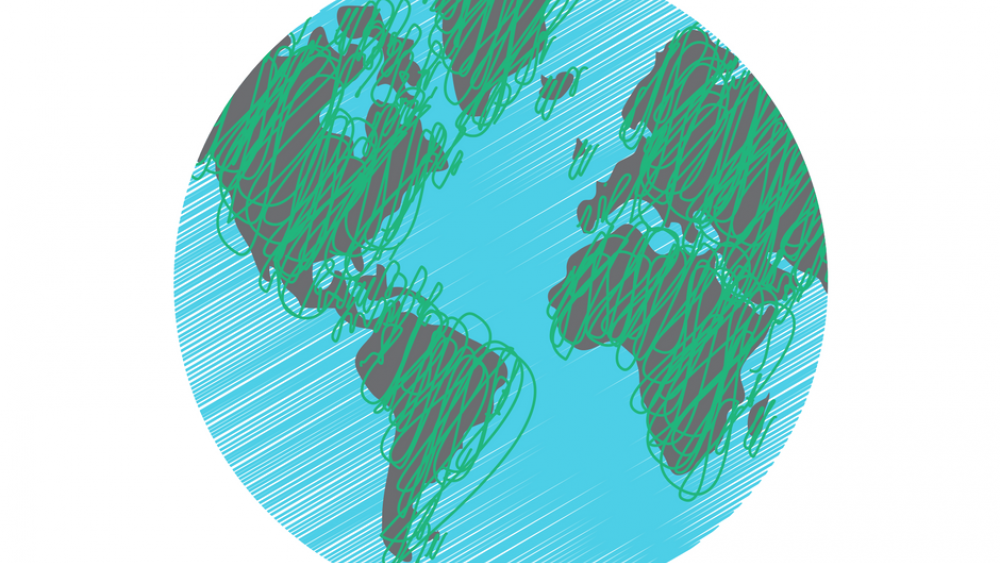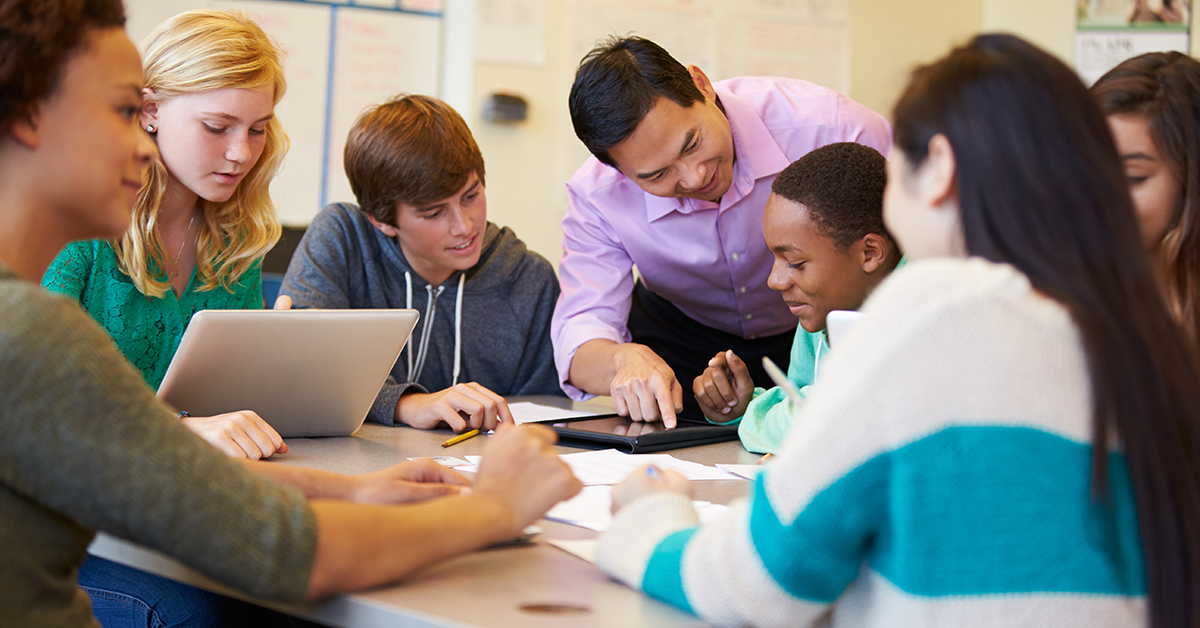Talking and Teaching Environmental Justice
"Environmental justice [means that] no community should be saddled with more environmental burdens and less environmental benefits than any other."
-Majora Carter, Co-founder Green for All
What is environmental justice? According to the Environmental Protection Agency, environmental justice “is the fair treatment and meaningful involvement of all people regardless of race, color, national origin, or income, with respect to the development, implementation, and enforcement of environmental laws, regulations, and policies.”
What is environmental injustice? As outlined in this short [3:33] overview video, environmental injustice has been driven by historical and current decisions related to racial and socioeconomic inequity and to poor planning, where the fair treatment and meaningful involvement of all people was lacking.
Environmental justice work is often undertaken by national, state, and local organizations, but your students can make a difference, too!
Making a Difference
How can your students impact environmental justice in your community? They can find their voice and build agency through engagement with the issue!
- To get started, consider using Learning to Give's Difficult Conversations and Media Literacy Tips to help educate and prepare your students to engage with the issue of environmental justice.
- Once your students have a handle on the issue, they could work with local experts and online resources on activities like creating a local guide to environmental risks using Learning to Give’s Community Mapping Guide, or volunteering with a local environmental justice organization.
- And finally, highlights your students' ideas and actions by bringing community awareness to their work. Use this step-by-step media and timeline guide.
Programs with Helpful Resources
The Sierra Club, the nation's oldest and largest grassroots environmental organization, has a campaign for environmental justice. It has chapters in most states and many local chapters as well. There are a few student-led efforts like the Sierra Club's, Sierra Student Coalition, a network of high school and college-aged youth working for environmental protection and justice. In addition, the Youth Environmental Justice Alliance in Oregon develops low-income and youth of color leaders through education and advocacy.There are several good interactive sources that can help you and your students identify environmental risks in their local community, including:
- Tox Town, from the National Institutes of Health. This is an interactive overview of toxins found in various locations in a City environment.
- EJSCREEN: This screening and mapping tool from EPA combines environmental and demographic indicators in maps and reports based on address or place.
- The EPA’s AirNow allows real-time air quality index (AQI) information and comparisons.
Article written by Mary Rouleau, Learning to Give's 2018 Wayne County Classroom Community Coordinator.

